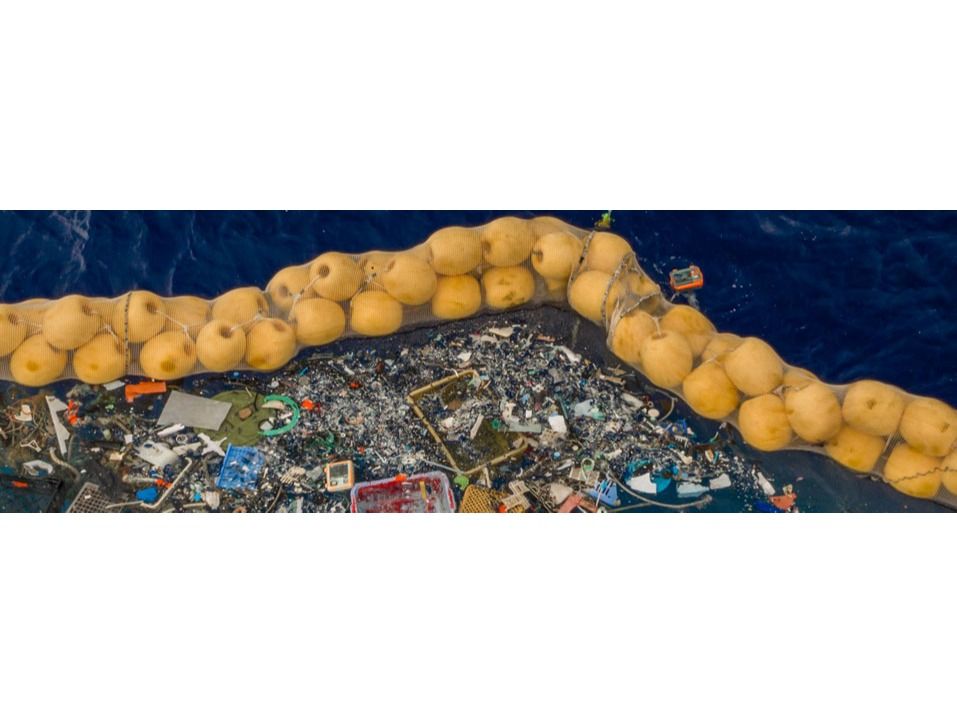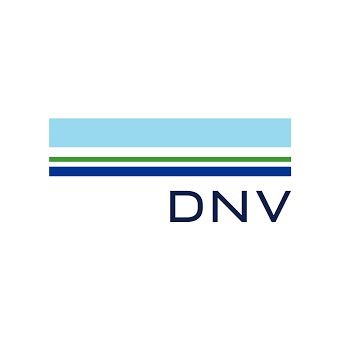
Added: Jan 02, 2023
Last edited: Jan 18, 2023
DNV has developed several offering for supply chain and product assurance. Among those, it has developed a public standard specific for plastics called 'Chain of custody standard for plastics retrieved from the hydrosphere' which allows companies retrieving plastic from the hydrosphere to assure traceability of their material.
The problem of plastic garbage in our hydrosphere (oceans, rivers and lakes) is massive. Solving it requires ground-breaking technologies, significant efforts and resources. Moreover, extracting the plastic from oceans and rivers is only the first step in addressing one of the biggest threats to our world’s waters. There are currently trillions of pieces of plastic in our oceans with an estimated 8 million pieces added every day. Success hinges on the ability to extract more plastic at a greater scale and higher speed.
DNV’s Chain of Custody Standard for Plastics Retrieved in the Hydrosphere sets forth requirements to assure the traceability and integrity of reclaimed plastic from any body of water. The product certification provides proof of compliance. Organizations can share with confidence the source of the material and that it has not been mixed with any other components after extraction from a specific location.
The standard covers three main components:
Material integrity: Material gathered from the specified body of water has not been mixed with material from other sources before being manufactured into a new product.
Traceability: Location, integrity, mass and use of the plastic is made traceable from water to shore and as part of a new product.
Systemic approach: Management system in place that enables full traceability of material characteristics along the supply chain.
The standard has been developed in partnership with The Ocean Cleanup, who has been the first to apply it and seek certification for its reclaimed plastic from The Great Pacific Garbage Patch. However, the standard is public and can be followed by any organization retrieving plastic from the hydrosphere, i.e. oceans, rivers or lakes.
HOW TO GET CERTIFIED?
Companies who want to be certified, must first implement processes and system to meet the requirements of the standard. When an organization has implemented the appropriate processes to meet the standard’s criteria and agreed scope for its extracted plastic, DNV as an independent third party can certify the plastic. This product certification provides proof that the reclaimed plastic comes from the specific body of water indicated, has not been mixed with other materials, and is the actual material used in a new product, if this is its final purpose.
To trace the plastic’s source and assure material integrity, the scope covers the entire value chain and life cycle:
Harvest and Extraction
Transport and Sorting
Recycling and Testing
Manufacturing and Shipping
Based upon the location and value chain complexity, DNV auditors will mix physical audits, visual inspection and digital tools to collect the data needed to certify the traceability and authenticity of the reclaimed plastic.
The ocean clean up has released its first certified product: sunglasses made from the Great Pacific Garbage Patch. It has been certified by DNV GL so buyers can be certain of both origin and authenticity.


switch2ceplastics
